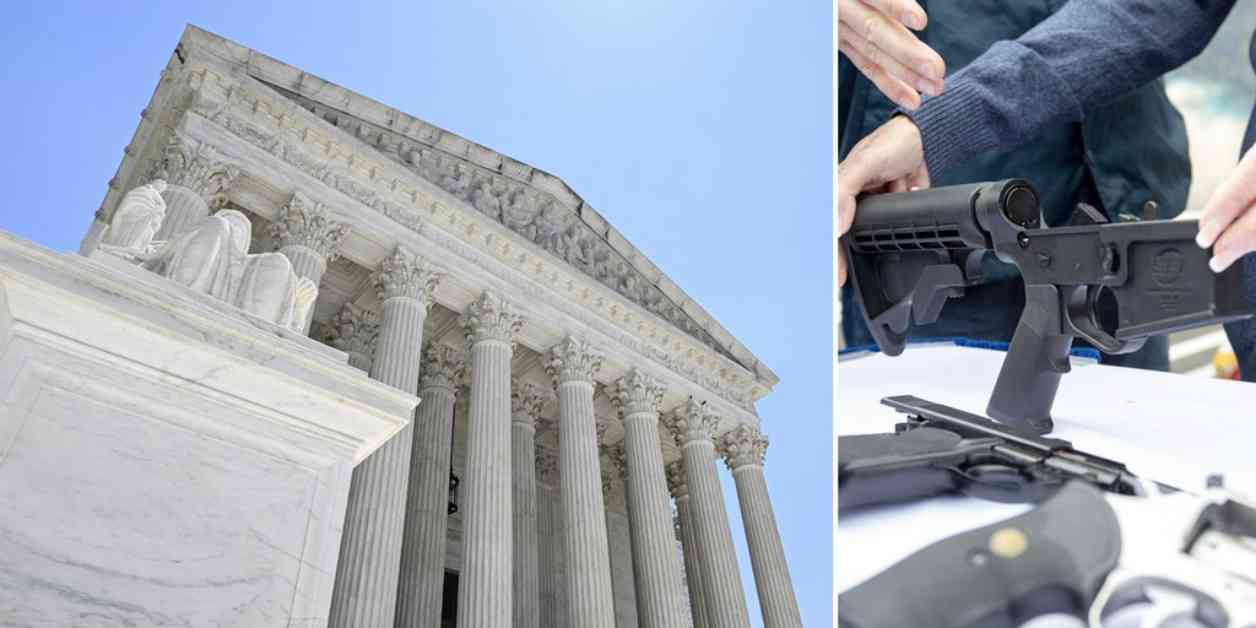The U.S. Supreme Court recently made a significant ruling regarding bump stocks, overturning a federal ban on these firearm accessories. In a 6-3 decision, Justice Clarence Thomas stated that a bump stock does not turn a firearm into an automatic weapon, as defined under federal law. The case, Garland v. Cargill, centered around whether a bump stock converts a semi-automatic rifle into a machine gun. The majority opinion found that a bump stock-equipped rifle does not meet the statutory definition of a machine gun. This decision means that the ATF exceeded its authority by classifying bump stocks as machine guns.
The ruling is a result of a legal challenge brought by Michael Cargill, the owner of Central Texas Gun Works, who objected to surrendering his bump stocks under the ATF’s rule. Cargill argued that the agency did not have the power to unilaterally ban these devices without Congress taking action. This case has broader implications for the separation of powers between the executive branch and Congress, highlighting the limits of administrative authority.
In dissenting from the majority opinion, Justice Sonia Sotomayor expressed concerns about the ruling putting bump stocks back in civilian hands. She argued that the Court’s interpretation diverges from Congress’s definition of a machine gun and undermines the intent of existing gun safety laws. Sotomayor’s dissent underscores the contentious nature of the issue and the differing perspectives on gun control measures.
President Biden responded to the ruling by urging Congress to take action to ban bump stocks and assault weapons. He emphasized the importance of gun safety regulations to prevent mass shootings like the tragic 2017 Las Vegas massacre. The ruling has reignited debate around gun rights and the role of government in regulating firearms.
Bump stocks have been a controversial topic since their introduction, allowing for rapid firing rates by harnessing recoil energy to facilitate quicker trigger pulls. The ATF estimated that over half a million bump stocks were in circulation when the federal ban was implemented, requiring owners to surrender or destroy them. The ruling has implications for gun owners, manufacturers, and advocates on both sides of the gun control debate.
Overall, the Supreme Court’s decision to overturn the federal ban on bump stocks raises important questions about the limits of executive authority, the interpretation of existing gun laws, and the role of Congress in shaping firearm regulations. The ruling reflects the ongoing legal battles and policy challenges surrounding gun control in the United States.




